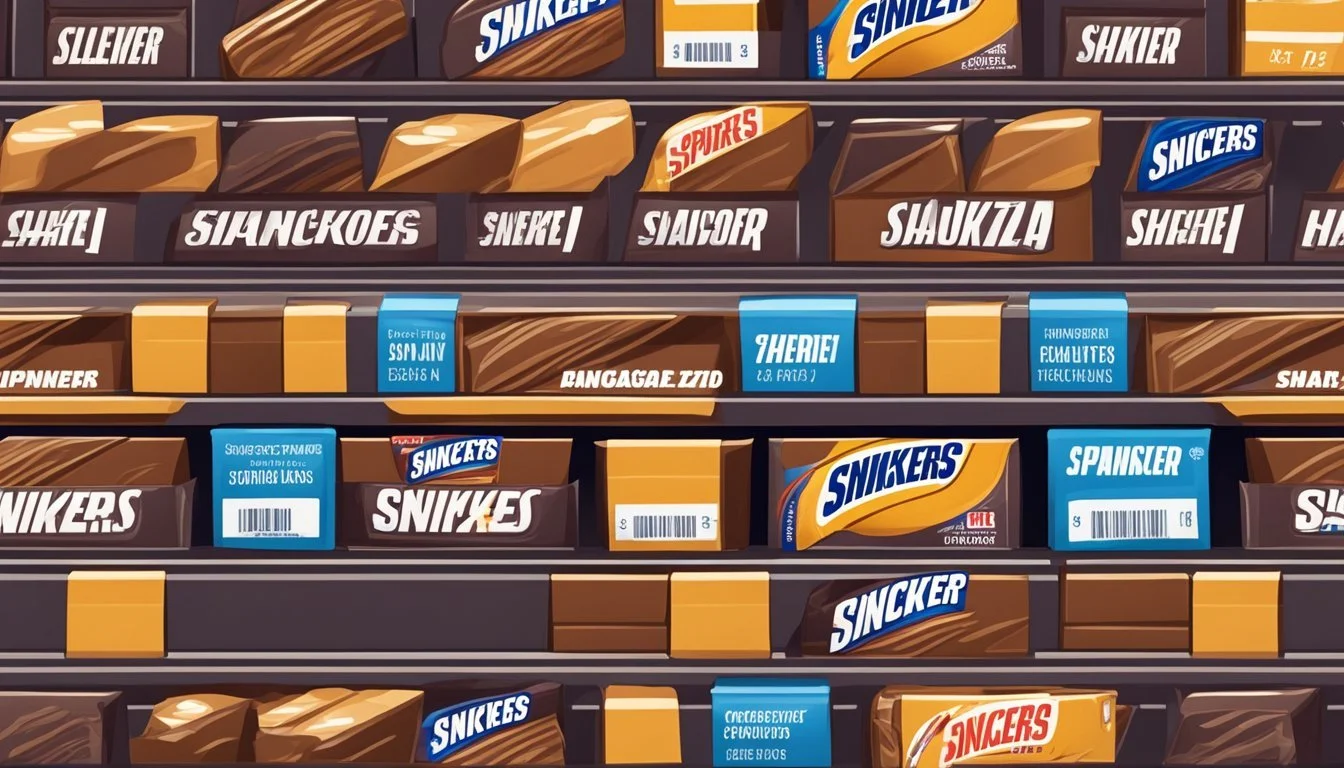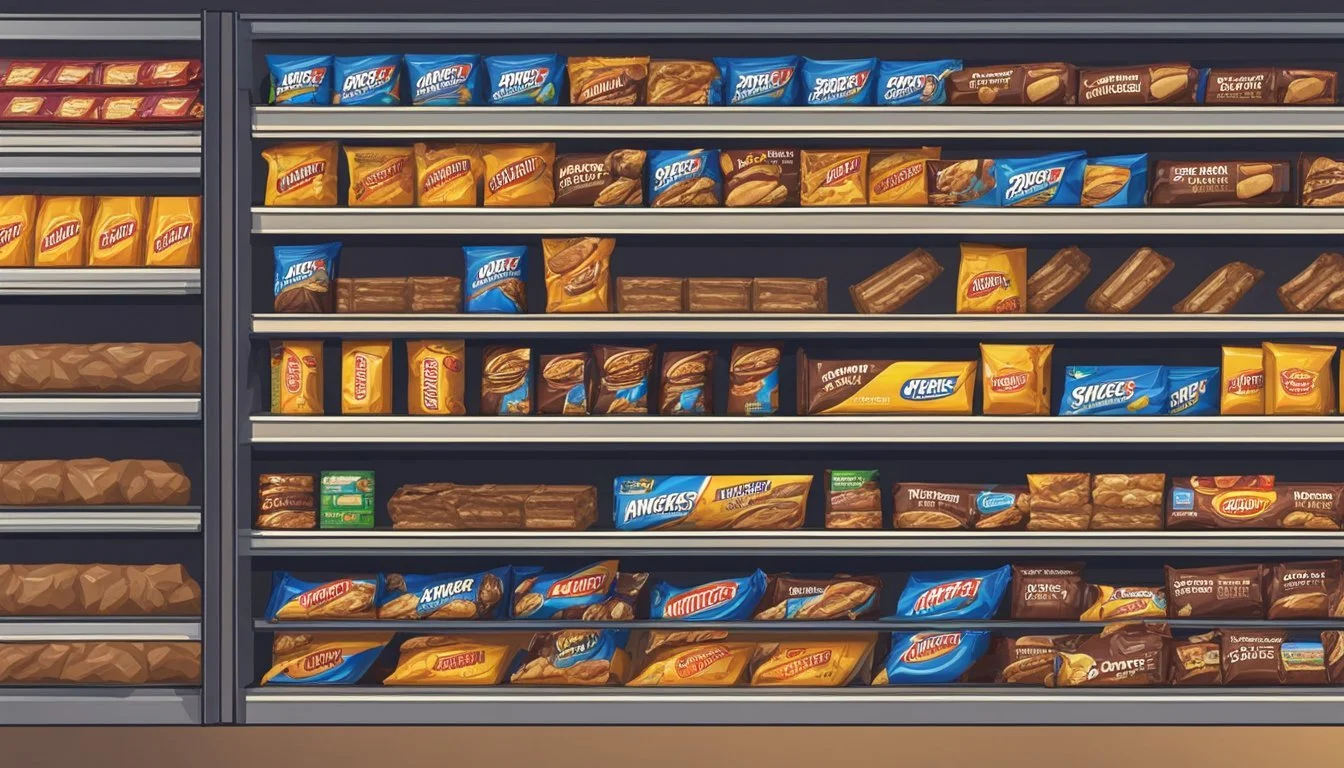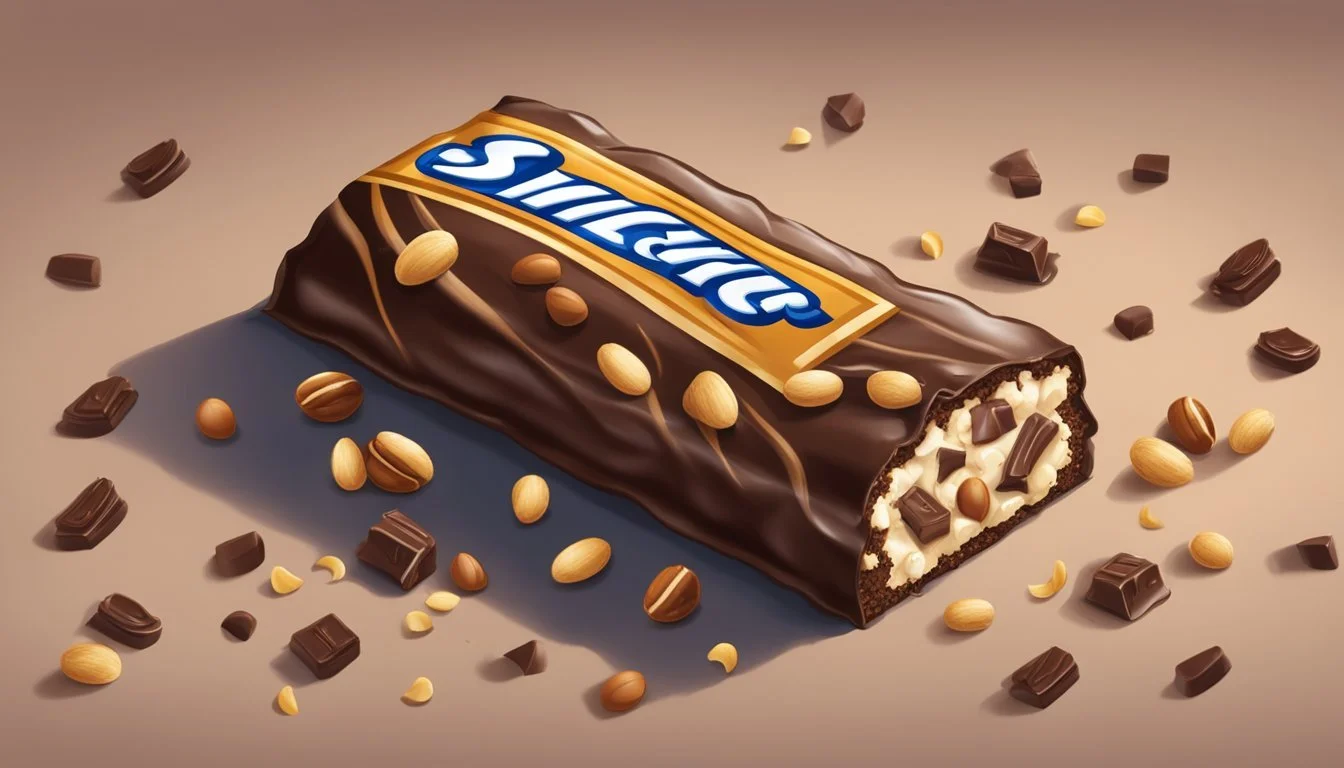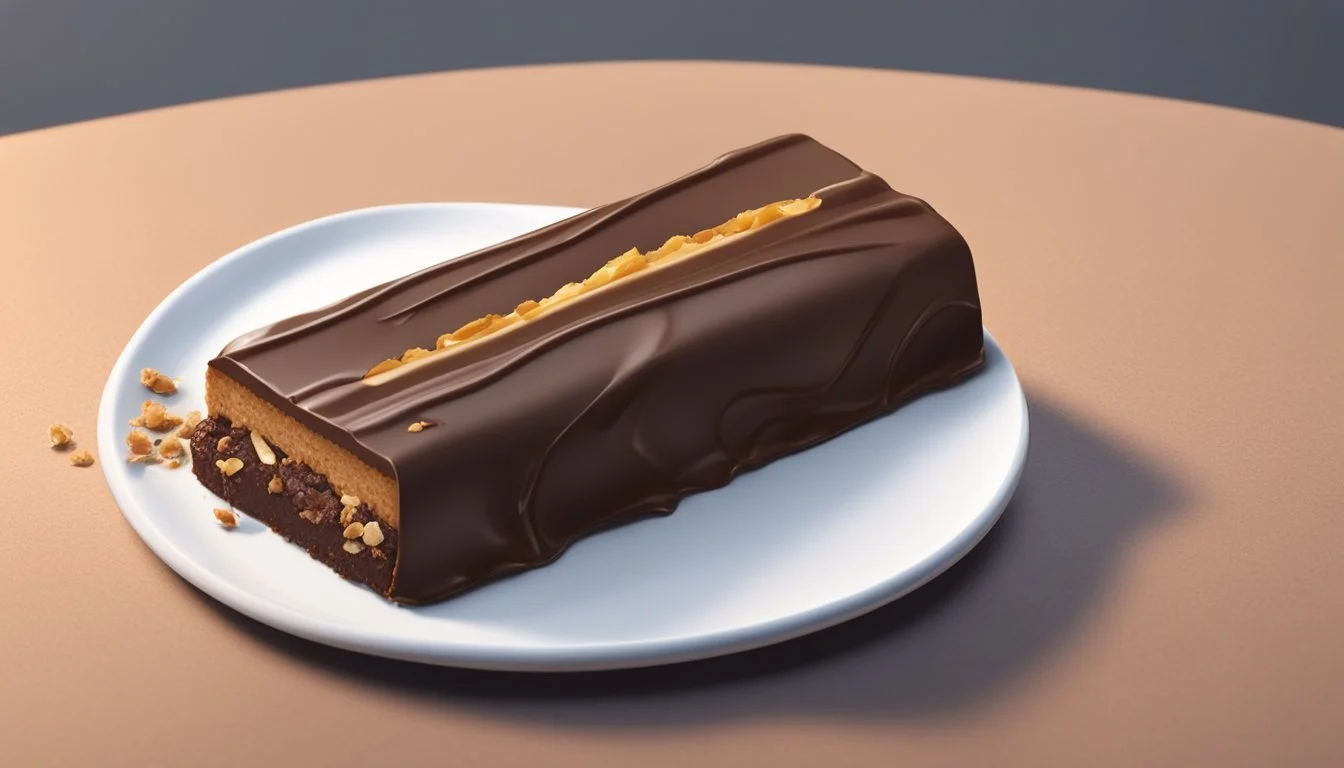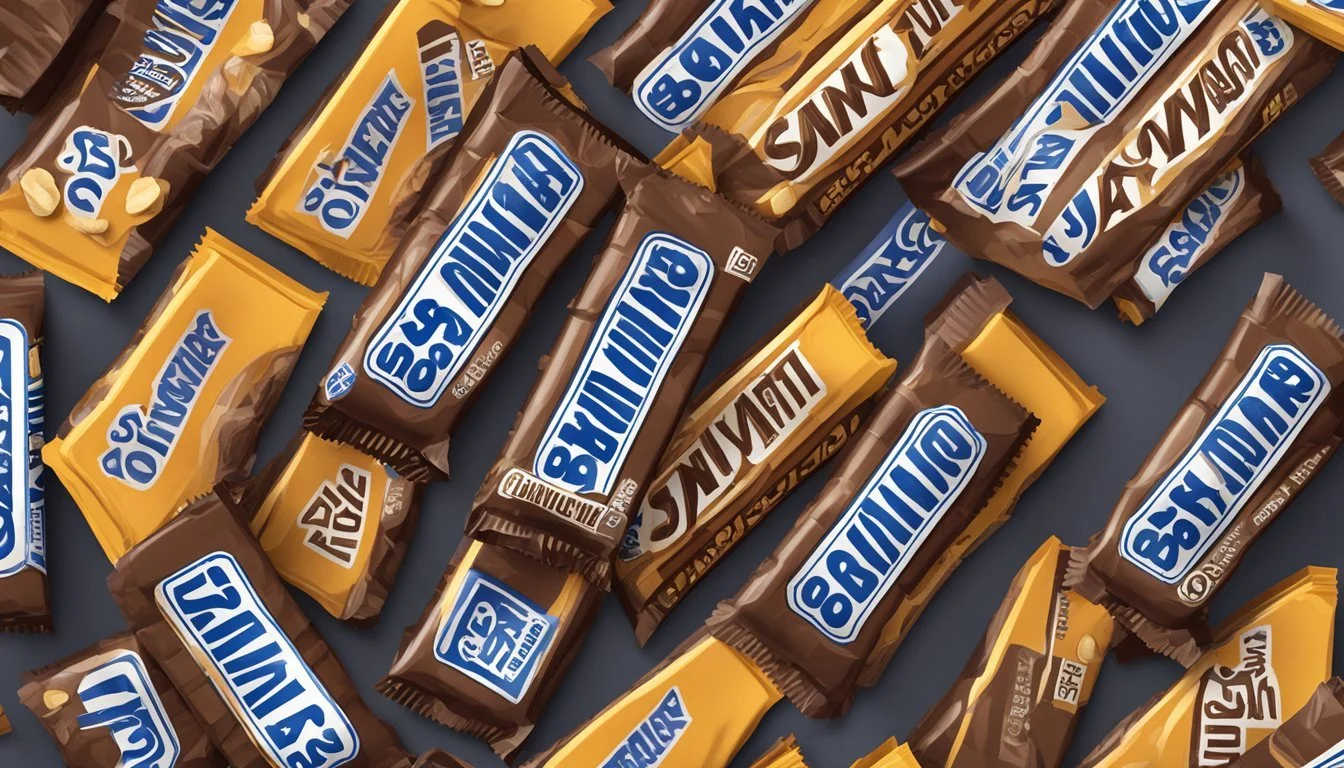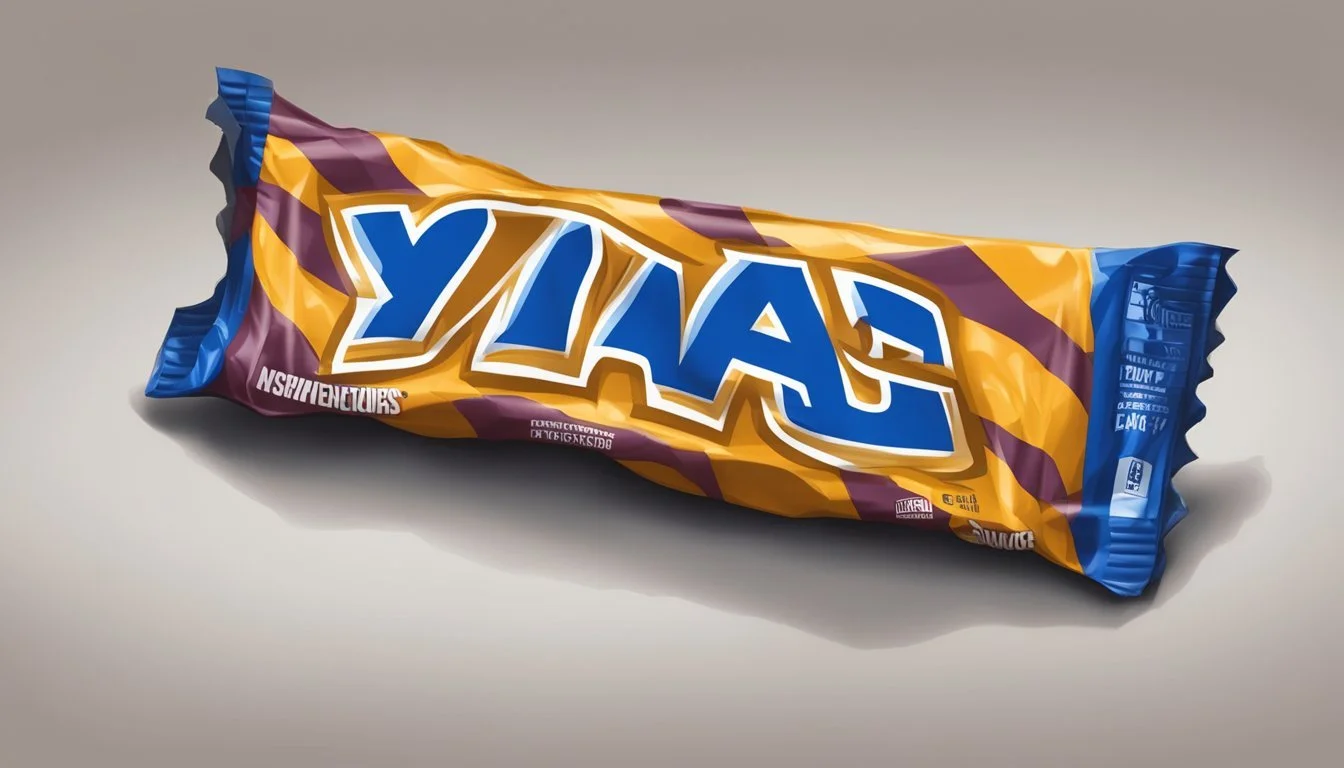How Long Do Snickers Last?
Shelf Life and Storage Tips
Snickers (how long do snickers last?), a popular chocolate (What wine goes well with chocolate?) bar filled with nougat, peanuts, caramel, and milk chocolate, has a shelf life that consumers often question. Like all food products, Snickers bars do have an expiration date, typically set to twelve months from the production date. However, their actual shelf life can vary depending on various factors including storage conditions and environmental temperature.
Proper storage is key to maximizing longevity. A Snickers bar is best kept in a cool, dry place to ensure quality and taste are maintained. When stored at room temperature, it retains its optimal condition up until the expiration date. In contrast, exposure to high temperatures or humidity can lead to a decrease in quality, potentially causing the peanuts and caramel to spoil.
For those looking to extend the shelf life beyond the pantry, freezing is a viable option. An unopened Snickers can last between six to twelve months in the freezer, while already opened snacks can maintain their quality for three to four months if properly sealed. Even past the best-by date, a Snickers bar may remain consumable for a certain period if there are no signs of spoilage, but quality and safety guidelines should always be adhered to for the best experience.
Understanding Snickers Shelf Life
When considering the shelf life of a Snickers bar, it is imperative to pay attention to the expiration date on the label and understand how the ingredients can impact longevity.
Expiration Date and Labeling
The expiration date on a Snickers bar is provided to inform consumers of the time period during which the product is expected to maintain its best quality. Typically, this expiry date or best before date reflects the manufacturer's estimate of when the product will start to deteriorate in flavor and texture, not necessarily when it becomes unsafe to consume. One can find this information clearly printed on the wrapping as a date past which the bar is no longer guaranteed to be at its peak quality.
Ingredients and Shelf Life
A Snickers bar contains a variety of ingredients, including sugar, peanuts, chocolate, and caramel, all of which contribute to its shelf life. The high sugar content serves as a preservative that can extend the product's life by inhibiting the growth of microbes. Snickers bars generally maintain their quality for 6 to 12 months if they are unopened and stored in proper conditions: a cool and dry place. Opened Snickers bars, however, are best consumed within 1 to 2 weeks, especially if stored in the fridge. The timeframe varies depending on the storage environment, with warmer and more humid conditions reducing the shelf life and potentially making Snickers expire faster.
Proper Storage Solutions
Maximizing the shelf life of a Snickers bar is contingent upon storage in conditions that minimize exposure to elements that accelerate spoilage.
General Storage Guidelines
It is essential to prioritize proper storage conditions for Snickers to maintain their quality and extend their shelf life. Storing Snickers in an environment that is cool and dry is vital. Moisture and heat are the primary culprits in reducing a candy bar's life, as they promote the growth of mold and cause the ingredients to deteriorate. It is generally advised to keep them away from direct sunlight and any heat sources.
Specific Storage Methods
When considering specific storage methods for Snickers, two widely recommended options present themselves:
Airtight Container: Keeping Snickers bars in an airtight container helps to ensure that they are not exposed to air and moisture, which can compromise their freshness.
Environment Container Type Expected Shelf Life Pantry Airtight container 6 to 12 Months Refrigerator Airtight container 6 to 12 Months Freezer Airtight container Up to 1 Year
Refrigeration and Freezing: Refrigerating Snickers bars can extend their shelf life to between 6 to 12 months. Freezing them can be an option as well, potentially preserving their quality for up to a year. When moving them from the freezer, it is important to avoid temperature shocks. Thus, one should thaw them gradually in the refrigerator before consumption to maintain their quality.
Optimal Conditions for Preservation
To maximize the shelf life of Snickers bars, one must consider the right balance of temperature and humidity, alongside the minimization of light and air exposure.
Temperature and Humidity
Temperature: For optimal preservation, Snickers should be kept in a cool and dry place. The preferred setting is in a refrigerator, where the temperature range is between 6 to 8 degrees Celsius (43 to 46 degrees Fahrenheit).
Refrigerator: 6-12 months for an unopened Snickers bar, 1-2 weeks once opened.
Freezer: Extends the life up to 1 year, maintaining the quality and taste.
Humidity: It's crucial to ensure that humidity levels are low, as high humidity can lead to spoilage and affect the texture and flavor of the chocolate bars.
Light and Air Exposure
Light: Snickers bars should be shielded from direct sunlight and stored in a dark place to prevent the degradation of flavors.
Air Exposure: Snickers are best stored in an airtight container or their original unopened packaging to prevent exposure to air. Air can introduce moisture and other contaminants that may expedite spoilage.
Airtight Container: This prevents air flow and keeps the bars away from external odors or moisture.
Wrapper: If kept in their original wrapper, the bars are less susceptible to light damage.
By adhering to these storage guidelines, one ensures the longevity and preservation of flavor and quality in their Snickers bars.
Visual and Sensory Quality Indicators
When assessing whether a Snickers bar has gone bad, one should carefully examine the visual and sensory cues. These indicators provide clear signs regarding the freshness and edibility of the chocolate bar.
Changes in Appearance
Visual inspection of a Snickers bar can reveal tell-tale signs that it may no longer be suitable for consumption. One should look for:
Discoloration: A fresh Snickers should have a consistent brown color. Any white or greyish spots may indicate chocolate bloom, which occurs when sugar or fat rises to the surface due to temperature changes.
Surface Texture: The surface of the milk chocolate should be smooth. If it appears rough or has any unusual bumps, this might be an appearance of mold or indicate that the nuts and caramel within have deteriorated.
Integrity of Package: Check the package for any punctures or signs of tampering, as this could lead to exposure to air and contaminants.
Changes in Taste and Smell
The taste and smell of a Snickers are key determinants of its quality:
Flavor: A fresh Snickers should taste like a harmonious blend of chocolate, peanuts, caramel, and nougat. Any off-flavor or taste that is stale or rancid, especially from the fats in the peanuts or the milk chocolate, suggests it's gone bad.
Scent: The bar should have a sweet, chocolatey scent. Any sour or unusual scent can be a symptom that the Snickers bar has spoiled. This is especially true if the bar has been stored in less than optimal conditions.
Health and Safety Considerations
When it comes to Snickers, as with any food item, health and safety are paramount. Ensuring that the candy bars are consumed before they go bad and being aware of potential allergens are crucial to avoid health risks.
Recognizing Spoilage
One should inspect Snickers bars for any signs of spoilage which can include an off smell, discoloration, or a change in texture. Typically, Snickers can last for:
At room temperature (pantry): Unopened Snickers can remain fresh for around 2-3 weeks past the expiration date.
Refrigerated: The lifespan can extend to approximately one month post the expiration date.
Frozen: For best freshness, an unopened Snickers can last 6 to 12 months, and when opened, 3 to 4 months in the freezer.
Food spoilage is often caused by bacteria and mold growth, although chocolate is less prone to this than other foods. However, the presence of nuts in Snickers makes them more susceptible to spoilage because the fats in nuts can go rancid. One must be particularly vigilant with Snickers that show any sign of spoilage as consuming stale or spoiled candy bars can pose a health risk.
Allergies and Sensitivities
Snickers bars contain allergens such as peanuts, dairy, and soy which can trigger allergic reactions in sensitive individuals. It is crucial to:
Check the label: Always read the ingredients listed on the packaging for allergens.
Be aware: People with sensitivities to these ingredients should avoid Snickers bars to ensure their health and safety.
The freshness and safe consumption of Snickers are not solely based on the best-before date but also on proper storage conditions. Maintaining the prescribed storage conditions will help retain the bars' freshness and reduce the risk of spoilage or health hazards due to bacteria typically associated with stale or bad food. Being informed about potential allergens in Snickers is imperative for avoiding adverse health effects.
Maximizing Enjoyment of Snickers
To derive the greatest pleasure from a Snickers candy bar, one must consider optimal timing and pairing strategies. These considerations ensure the quality, taste, and flavor of the chocolate bars are experienced at their peak.
When to Consume
A Snickers chocolate bar is best eaten before its expiration date to enjoy its full flavor and freshness. However, they generally maintain quality for:
Unopened: Up to 12 months in a cool, dry place
Opened: 1 to 2 weeks in the refrigerator
Remember, high temperatures can degrade the sugar and fat, affecting the candy bar's taste and texture.
Pairing and Serving Suggestions
Pairing:
Coffee: The bitterness of coffee can complement the sweetness of Snickers.
Milk: A classic pairing, cold milk balances the rich flavors of the candy bar.
Wine: A bold red wine may enhance the chocolate's flavor, suitable for adult consumers.
Serving:
Temperature: Serve at room temperature for optimum taste and texture.
Slices: Cut into small pieces to savor or to share as a treat.
Desserts: Chop and sprinkle over ice cream or mix into baked goods for added indulgence.
Special Considerations for Snickers Variants
When considering the shelf life of different Snickers variants, one must take into account ingredient composition and packaging differences that can affect both freshness and taste.
Different Flavors and Textures
Snickers come in a variety of flavors and textures, each with ingredients that may respond differently to storage conditions. For instance, Snickers Almond contains almonds which have a different oil content compared to the peanuts in the original Snickers, potentially altering its optimal storage time. Moreover, Snickers with a higher sugar content or those containing crispies might retain their texture differently when compared with the classic bar. It is crucial to note that variations with additional dairy products, akin to the Milky Way (how long does milky way last?) bar which emphasizes milk chocolate and caramel, might have a shorter shelf life due to the higher potential for dairy ingredients to spoil.
Limited Editions and Seasonal Products
Seasonal products, such as those released during Halloween, might have a different shelf life due to the timing of their release and consumption. These products often have a "best by" date that correlates more closely with the intended season, like a Halloween snack expected to be consumed by or before that holiday. Limited editions may come in non-standard packaging, which can impact freshness. For example, special editions might include alternative chocolate coatings or flavor infusions like Mars or Twix (how long does twix last?) elements, which can also affect how long they stay fresh after their expiration dates. It is important to store these variants according to their specific needs to maintain their intended flavor profiles.
Handling Opened Snickers
Once a Snickers bar is opened, its shelf life decreases due to exposure to air, moisture, and potential contaminants. Proper storage is key to extending its freshness and ensuring it remains safe to eat.
Sealing and Protecting
An opened Snickers should be sealed in an airtight container or wrapped tightly in aluminum foil or plastic wrap. This reduces the exposure to air and moisture, which can accelerate spoilage. Ideally, one should place the wrapped Snickers inside a container to protect it from odors and other contaminants.
Consumption Timeline
Opened Snickers candy bars have a shortened consumption timeline due to their increased vulnerability to environmental factors. They should be consumed within 1 to 7 days when stored at room temperature. If one must extend this period slightly:
In the fridge: Up to 1 month
It's important for consumers to use their senses to assess the quality of the candy bar before consumption. If there are any signs of off-odor, discoloration, or a change in texture, it is advisable not to consume the product.
Freezing Snickers Bars
Freezing Snickers bars properly can extend their shelf life significantly while maintaining their best quality. This section will guide you through the correct freezing process and the methods for thawing and serving.
Freezing Process
The initial step in freezing Snickers bars is to ensure they are sealed properly. It is recommended to keep the original packaging intact; however, for additional protection, they can be wrapped in plastic wrap or aluminum foil. Then, place them in an airtight container or a heavy-duty freezer bag to prevent freezer burn and odor absorption. Properly sealed, Snickers bars can be stored in the freezer and maintain their best quality for about one year.
Thawing and Serving
When one wishes to enjoy a frozen Snickers bar, proper thawing is crucial for the best experience. The safest method is to transfer the chocolate bars from the freezer to the refrigerator several hours before serving. They can also be left at room temperature for a shorter period if a softer consistency is preferred. However, one should avoid thawing Snickers bars in the microwave or using quick-thaw methods, as they can negatively alter the texture and taste of the chocolate, caramel, and peanuts.
Leveraging Expiration Dates for Quality Control
Expiration dates on products like Snickers provide consumers with insights into the quality control measures employed by manufacturers. They indicate the timeframe within which the product retains its intended quality.
Reading and Interpreting Dates
When consumers read the label on a Snickers bar, the expiration date is often formatted as a "best-used-by" date. This is not an absolute rule for when the item becomes unsafe to eat, but rather a guideline for when the delicate chocolate bar may begin to deteriorate in terms of flavor and texture. The USDA does not require food dates for food safety, except for infant formula, but does recognize their role in quality control. Consumers should note that several factors influence a product's viability post-expiration:
Storage conditions: A cool, dry place extends longevity.
Packaging: Sealed to prevent moisture and contaminants.
Ingredients: The oils in nuts can turn rancid, affecting taste.
Market Trends and Value
The market value of a Snickers bar can be influenced by its expiration date. Retailers often reduce prices as the date approaches, creating potential savings for consumers. These trends suggest that buyers associate the listed dates with peak quality and are less inclined to pay full price for products nearing or past the expiration dates. It's also a tool for inventory management, signaling to retailers when to rotate stock.
Short-dated items: Discounted to encourage sale.
Long-dated items: Full value expected by consumers.
Manufacturers leverage these dates as a commitment to quality, ensuring that customers experience their product as intended.
Final Thoughts
When considering the longevity of a Snickers bar, it is paramount to recognize that storage conditions play a crucial role. Storage away from sources of heat is essential, as both peanuts and caramel, key components of Snickers, can deteriorate faster when exposed to higher temperatures.
They should generally maintain quality and taste for about 12 months, assuming they're kept in a cool, dry environment. It is possible for a Snickers bar to remain edible for a period extending beyond the printed best by date, sometimes up to two years if meticulously frozen. However, these are guidelines rather than guarantees:
Optimal Storage Conditions: Cool and dry place
Approximate Quality Span: Up to 12 months
Beyond the date indicated for peak quality, the degradation rate depends on storage specifics. Consumers may notice changes in flavor, texture, and overall quality beyond this time frame. While a Snickers bar won't necessarily be harmful after this period, the eating experience might be compromised.
To ensure safety and enjoyment, consumers are encouraged to heed the best by dates but also consider the storage conditions they've provided for their snack. With diligent observation and proper storage, one can maximize both the shelf life and the enjoyment of a Snickers bar.


